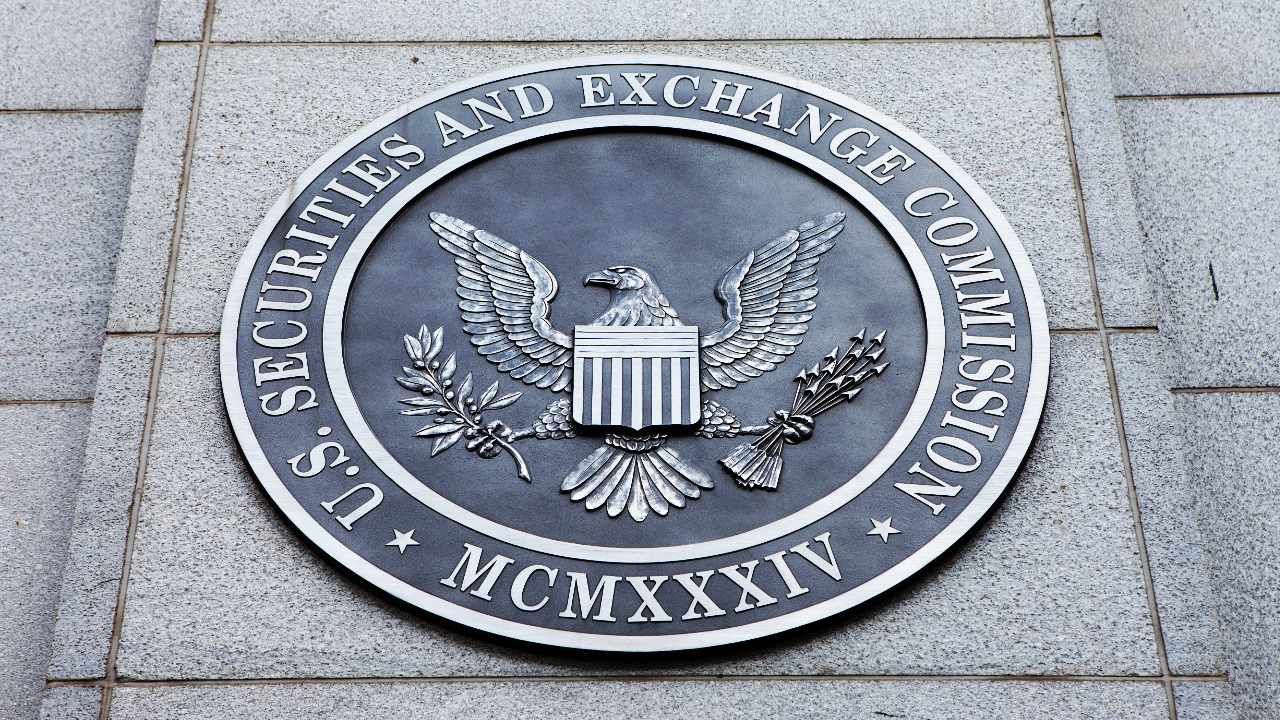Last week, Trump’s election victory sounded the horn for a cryptocurrency bull market. With Bitcoin leading the charge to break historical highs, market sentiment has soared, and investor confidence is gradually returning, paving the way for accelerating cryptocurrency mainstreaming. Unlike previous cycles, the focus of this bull market has shifted towards innovation and competition within a compliant framework amid increasingly strict global regulatory environments.
New Cycle, New Narratives. For a long time, “compliance” was not a business that everyone could engage in; it was costly and often unprofitable, creating significant barriers to entry. It must be acknowledged that the era of regulatory arbitrage in Web3 has ended. Following Trump’s election as the new U.S. president, a “policy-driven bull market” is expected to emerge, with “compliant capital” from traditional financial institutions entering the market, indicating profound changes in the capital structure and competitive landscape of the crypto market. In this market context, HashKey Group announced the launch of its ecosystem token HashKey Platform Token (HSK) on HashKey Global, marking it as the world’s first “compliant ecosystem token.” As a vehicle for conveying the value of the entire HashKey Group’s ecosystem, HSK’s ongoing empowerment is expected to attract widespread participation from the global Web3 community.
Looking across the market, notable compliant exchange Coinbase has yet to issue its token, while offshore exchanges may have platform tokens but are largely non-compliant and face diminishing prospects. In this light, HashKey’s decision to introduce HSK as a fully compliant ecosystem token seems bold.
However, similar to how Dr. Xiao Feng, Chairman and CEO of HashKey Group, invested in Ethereum ten years ago, this is not an impulsive decision but rather one that has been “long in the making.” According to official sources, HSK is not merely an exchange “platform token” but an “ecosystem token.” HSK functions like blood for HashKey, continuously supplying oxygen and transporting value to invigorate the entire HashKey ecosystem.
The vast HashKey business empire has spent ten years developing this token; HSK is a value capture mechanism within it, and a new value generation cycle has already begun.
Understanding HSK’s Value FoundaFon
To comprehend HSK’s value, one must first understand the various components of the HashKey business empire.
Having navigated several bull and bear markets, HashKey has established licensed exchanges globally and ventures in investment management, tokenization, and infrastructure services. Earlier this year, HashKey Group completed nearly $100 million in Series A funding, with a valuation exceeding $1.2 billion. Few projects can match its lifecycle or operational excellence. Among these ventures, the exchange business serves as HashKey’s fortress and core pillar; its compliance and high entry barriers create formidable obstacles for competitors. Tokeniza2on, cloud services, and capital form its protective moat as HashKey aims to deepen and broaden its ecosystem.
HashKey Chain connects all existing ecosystems into a system capable of facilitating large-scale collaboration among strangers; all parts of the ecosystem mutually enhance each other while nourishing core exchange operations.
Starting with HashKey’s original intent—HashKey Capital—one of the world’s leading institutional asset management firms founded in 2018 and often referred to as “Asia’s a16z.” Reports indicate that by 2024, HashKey Capital’s assets under management will reach $1 billion after investing in over 600 blockchain projects, including well-known names like Berachain and Babylon. This year’s issuance of both the Bosera HashKey Bitcoin ETF and Bosera HashKey Ethereum ETF saw HashKey Capital serve as co-fund manager alongside Bosera International. The positive externalizes and strong reputation built over to me has helped establish an unassailable moat for its brand.
The competitive moat effect also supports HashKey’s core business: its compliant exchanges. HashKey holds licenses across multiple jurisdictions, including Hong Kong, Bermuda, Japan, and Singapore; among these are two well-known compliant exchanges: HashKey Exchange and HashKey Global.
HashKey Exchange began applying for licenses in 2019 and received licenses No. 1 and 7 in 2022. Time can feel long or short; however, after five years of steadfast operation in Hong Kong alongside regulatory developments for Web3 markets, there is now a transition from a cautious review to a growth phase. Hong Kong’s digital asset market may soon become a new global model for compliant trading with HashKey Global serving as an exemplary participant. This year’s offshore compliant exchange, HashKey Global, quickly achieved profitability within two months of launch. As of November 11th, data from Coingecko indicates that it ranks seventh globally in trading volume and is one of the fastest-growing licensed exchanges expected for 2024.
Of course, the value of compliant exchanges transcends mere licensing; they are crucial for supporting unique compliance scenarios. For example, HashKey currently emphasizes irreplaceable fiat channel advantages and may even create global banking channels, which are beginning to take shape in Hong Kong. Additionally, narratives around RWA (Real World Assets), PayFi (Payment Finance), and stablecoins require compliance support to leverage their potential effectively.
While compliance entails high hidden costs and investments that deter many enterprises from entering this space, it also creates substantial barrier advantages with a “compound effect over time.” Anchored by its flagship exchanges, HashKey has begun establishing a global matrix of compliant exchanges catering to Chinese clients. Rooted in Hong Kong and looking globally amidst regulatory competition worldwide, due to its strong reputation, HashKey tends to be more readily accepted locally, often resulting in shorter approval times before launching operations—this is an inherent advantage of native compliance—regulatory trust. For instance, its application process for scarce Bermuda licenses took only three months for approval. Public information indicates that applications have been submitted across Dubai and Europe with expectations for approvals by year-end or early next year.
The emergence of an “Eastern Coinbase” is imminent. Recent data shows Coinbase’s market cap exceeds $80 billion, with daily trading volumes reaching $13.5 billion, far surpassing that of Hong Kong Exchanges & Clearing Limited (HKEX). At the same time, HashKey’s alignment with Coinbase suggests substantial potential ahead. Current data from CMC indicates that the combined daily trading volume across both of HashKey’s exchanges totals $150 million, implying a valuation that exceeds $1.4 billion for them alone. As regulatory arbitrage fades away, compliant exchanges are poised to replace non-compliant ones significantly within market share dynamics where non-compliant exchanges hold approximately 75%, compliant exchanges about 15%, and Dexes around 10%. Thus, it can be inferred that compliant exchanges have at least 75% growth potential remaining within this market landscape.
Innovative business models rooted in compliance slowly but steadily require time to build momentum. After years of steady cultivation, HashKey’s exchange sectors are poised to reap the rewards in this policy-driven bull market. Currently, roughly 560 million individuals are engaged within Web3 industries; if we benchmark internet users totaling around 6 billion globally, over tenfold potential left untapped overall.
Moreover, services like Tokenisation and Cloud offered by HashKey are interconnected; Tokenisation service provider HashKey Tokenisation creates liquidity across various stages for Web2/Web3 projects while providing unique assets for compliant exchanges bridging traditional economies supporting innovative technologies alongside enhancing financial markets construction efforts—this service has engaged with Hong Kong Monetary Authority’s Ensemble project sandbox aimed at developing industry standards within tokeniza2on markets. HashKey Cloud provides clients with professional, stable, and secure blockchain services worldwide. It supports over 80 major public chains and manages over 1.2 million ETH in assets, ranking among the top three in Asia and the top ten globally. In ETH ETF staking, HashKey Capital works closely with HashKey Cloud to achieve a closed-loop operation, creating new growth opportunities.
As Livio Weng envisions: “We aim to become premier spot digital asset trading platforms, the largest ETF custodians, the most impactful Ethereum node service providers. Deeply engaged across multiple Web3 domains including stablecoins, asset tokenization, and public chain infrastructure.” Public information indicates that the recently launched public chain of HashKey chain, following a one-year comprehensive internal testing phase, is now open for public testing, allowing users/developers access via the official site hsk.xyz, becoming early supporters committed to long-term vision—thus forming an all-encompassing crypto-ecosystem platform. In summary, HashKey’s current business scale far surpasses its initial valuation of $1.2 billion during the fundraising stages.
A Decade To Forge an Ecosystem Token
HashKey Group has always been the most knowledgeable about Web3 in traditional finance and the most compliant entity within Web3.
HSK reflects the entire value of HashKey Group, carrying the mission of building a bridge between crypto and traditional finance, connecting and integrating these two financial systems. What makes this coin different after years of development? In the industry, “platform tokens” have always been popular, with early investors only distinguishing between how much they profit. HSK goes beyond the conventional understanding of a “platform token,” pioneering the world’s first “compliance ecosystem token,” empowering all HashKey business scenarios with value.
First, HSK, as the native and gas token of HashKey Chain, will support the ecosystem’s long-term development and sustainable growth. HashKey, compared to Coinbase, views HashKey Chain as the “HashKey version” of Base. As a full-stack crypto ecosystem platform, HashKey Chain is dedicated to seamlessly enabling Web2 enterprises to enter Web3, supporting key areas like BTCFi, stablecoins, payment finance (PayFi), and real-world assets (RWA). Currently, the HashKey Chain ecosystem has attracted over 150 projects, integrating payment, tokeniza2on, lending, and trading solutions to allow businesses to quickly experiment with and deploy Web3 projects, connecting with users globally.
Additionally, HSK will be widely used as a medium for rewards, governance, and transaction fees, covering platform service payments, priority purchase of exclusive tokens, public chain governance and decision-making, value-added services, cross-platform ecosystem collaboration, custody fee discounts or waivers, node validation rewards, and research report releases. Users holding HSK will enjoy comprehensive crypto services, from trading and investing to application deployment, connecting with every core business of HashKey.
With increasing industry competition, technology, background, and narrative no longer guarantee success. The market is shifting towards practical value metrics, such as real adoption rates and revenue growth. The “value” conferred on HSK by HashKey’s commercial blueprint distinguishes it fundamentally from most “price tokens” that peak upon listing. Regarding token distribution, HashKey has made several “long-term” efforts, including avoiding major exchanges and venture capital influence, focusing instead on the community.
In the initial fundraising phase, HSK was distributed through “gifts” and “ecosystem rewards,” reducing the actual circulating market cap, enabling those who truly love and contribute to the project and who have a long-term vision to participate and share the token value. Additionally, to prevent value dilution from token rewards, HSK introduces a burn mechanism, using 20% of platform business profits to buy back and permanently burn HSK, ensuring a steady increase in market value.
According to the HSK whitepaper, HSK has a total supply of 1 billion tokens, with 65% allocated for mid-to-long-term ecosystem development, 30% to the team, and 5% as a reserve fund. During fundraising, HashKey opted for equity financing instead of issuing tokens, avoiding the short-term market volatility often caused by venture capital sell-offs, thus supporting long-term development.
HashKey’s strength lies in filtering the real from the fake and enduring long-term cycles. As the Web3 compliance market expands further, HashKey will undoubtedly be a leader in the field. Therefore, the value foundation constructed by each core business line of HashKey Group is merely static data; HSK’s value comes not only from its initial applications but also from the growth potential driven by HashKey Group’s rapid expansion.
This is not just the story of an “ecosystem token”; it’s a journey of value creation and long-term growth.
Disclaimer: This is a paid post and should not be treated as news/advice.











